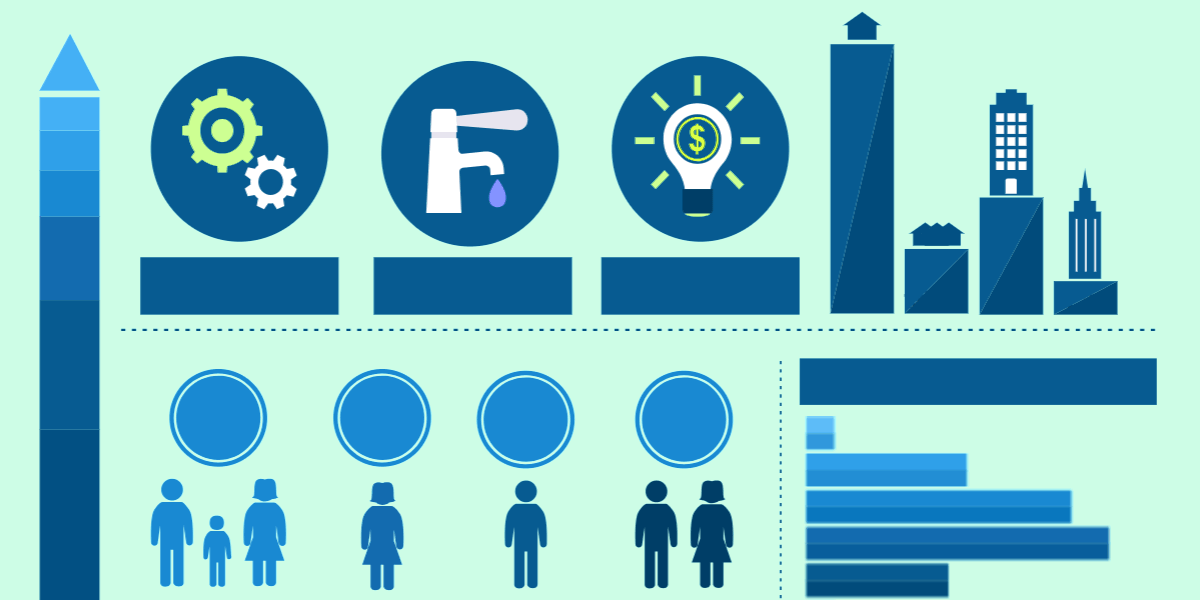Fads And Innovations Shaping The Future Of Commercial Construction
Fads And Innovations Shaping The Future Of Commercial Construction
Blog Article
Article Written By-McDonald Barlow
Did you understand that the global building and construction market is forecasted to reach a value of $12.7 trillion by 2022? With such a substantial market, it's no wonder that business construction is frequently evolving to satisfy the demands of the future.
From developments in building products to the integration of wise innovation and emerging building strategies, the market is on the verge of a significant change.
However just what are these trends and advancements that will form the future of business building? Remain tuned as we discover the amazing opportunities that lie ahead and how they will transform the method we construct.
Developments in Building Materials
Improvements in building materials have reinvented the industrial construction industry, allowing for much more reliable and sustainable building techniques.
With the intro of ingenious products such as eco-friendly concrete and cross-laminated timber (CLT), building and construction firms are now able to lower their ecological influence while enhancing the total high quality of their tasks.
Eco-friendly concrete, as an example, is made from recycled products and has a reduced carbon impact contrasted to typical concrete. It additionally possesses exceptional thermal homes, lowering the demand for extra insulation.
CLT, on the other hand, is a lasting choice to steel and concrete. It's lighter, yet more powerful, and can be upreared off-site, resulting in faster building and construction times.
These innovations in building products not only benefit the environment however also enhance productivity and cost-efficiency in the industrial building sector.
Assimilation of Smart Modern Technology
Incorporating clever innovation into commercial construction jobs has actually transformed the industry, improving performance and productivity while boosting general project management. Right here are 3 methods which clever modern technology is being integrated into commercial building:
1. Building Automation: Smart technology permits the automation of different structure systems, such as illumination, heating, ventilation, and safety and security. https://industrialwarehouseconstr11098.dailyblogzz.com/24946121/a-comprehensive-manual-for-choosing-the-proper-firm-for-business-building-jobs but likewise offers a more comfortable and personalized environment for residents.
2. https://sergiopwdjp.theideasblog.com/24919127/constructing-for-the-future-exactly-how-a-company-building-and-construction-company-can-assist-you-in-preserving-a-competitive-edge : Smart sensors and IoT devices enable real-time surveillance of building and construction sites, allowing job supervisors to track progression, identify prospective problems, and make informed choices from another location. This reduces the requirement for physical presence on-site and improves communication and cooperation.
3. please click the next document : Smart technology accumulates and analyzes information from numerous resources, providing valuable insights right into building and construction procedures, resource allotment, and efficiency. This data-driven technique makes it possible for far better decision-making, optimization of sources, and proactive upkeep, ultimately resulting in set you back savings and improved project outcomes.
With the integration of clever modern technology, industrial construction tasks are becoming extra efficient, sustainable, and intelligent.
Arising Construction Strategies
As the industrial construction market continues to develop, new strategies are emerging to improve effectiveness and efficiency in job implementation.
One such method is modular building and construction. This method entails the building and construction of building elements off-site in a regulated environment, prior to they're transported and constructed at the building website. By utilizing modular building, tasks can be completed faster, as the synchronised building of various building elements minimizes overall building and construction time. Additionally, modular construction allows for greater accuracy and quality control, as the job is carried out in a controlled environment with less direct exposure to outside aspects.
One more emerging technique is using 3D printing in building and construction. This cutting-edge approach enables the development of facility and personalized building components using computer-controlled equipments. 3D printing decreases material waste and building and construction time, while also supplying engineers and building contractors with more design adaptability.
These arising methods are poised to transform the industrial building and construction market, making tasks more efficient, economical, and sustainable.
Final thought
As you expect the future of industrial building, something is specific: modification is on the horizon.
With relevant web-site in building products, the integration of smart technology, and emerging building techniques, the industry is poised for a transformation.
So embrace this interesting trip, where possibilities are limitless and development is the secret.
Step into the future of business building and construction and witness the transformation that will leave you in awe.
